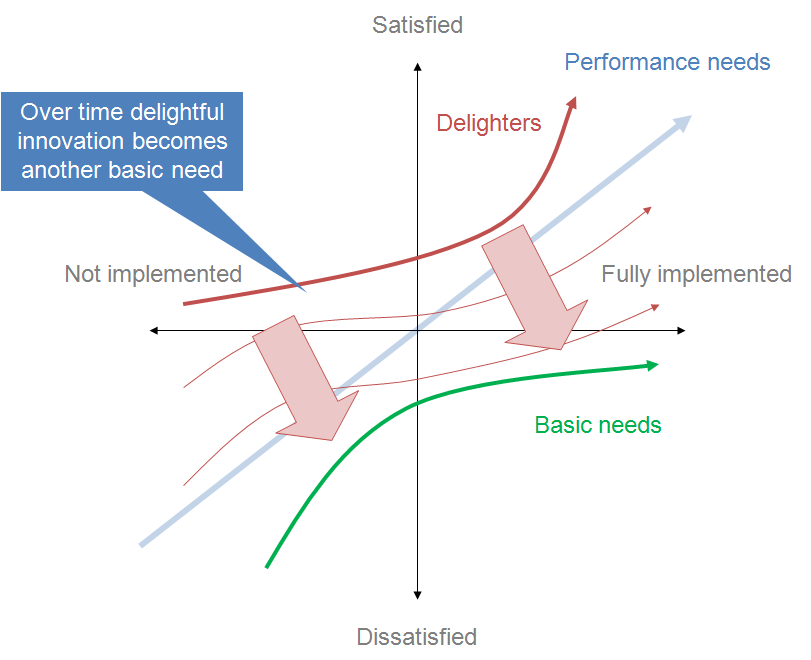Parte I.
.
Na passada terça-feira, numa reunião com uma equipa de operacionais que têm de usar uma checklist antes de iniciar o seu trabalho, comecei a intervenção desenvolvendo a ideia:
- O papel, a checklist, não é importante. O importante é o que fazemos com ele, o importante é o que retiramos do seu uso
E continuando com Ravald:
.
"Value is an interactive relativistic preference experience" (
Moi ici: Frase de Holbrook que já aqui citamos por mais de uma vez)
.
"Value is idiosyncratic, experential, contextual, and meaning laden" (
Moi ici: Frase de Vargo & Lusch)
.
"If value emanates from individual goals, i.e. a total personal perception of what is good, co-creation of value would only be possible when a common goal or good exists between the parties.
...
being a customer or a consumer is presumably not the most important role in the life of an individual.
...
The customer’s process of value creation can hardly be isolated from the environment within which the customer lives and acts as an individual. Every process of value creation is an integral part of a bigger connected whole, which can be described as the customer’s context for value creation. This context consists of several elements, and one of the most important ones is the intrinsic dimension, i.e. the individual’s total perception of the good. The individual’s total perception of the good forms the basis upon which he/she, in the customer role, makes judgements of what is good, better or best for him/her.
...
Service providers can gain competitive advantage only by sensing the customer’s context for value creation."
.
À medida que uma empresa se dedica a criar produtos/serviços cada vez mais sofisticados, com especificações cada vez mais exigentes, com, como ainda dizemos moldados que fomos no paradigma industrial, cada vez maior valor acrescentado, a relação com os clientes tem de mudar, tem de se aprofundar. Quando se fala na importância dos
antropólogos tem-se em mente a necessidade de estudar a vida e o contexto em que os clientes integram os produtos e serviços na sua vida e percepcionam a criação de valor.
.
Seduzir clientes a comprarem um produto/serviço com maior potencial de criação de valor não pode ser feito da mesma forma que se seduz outros clientes a comprarem pelo preço mais baixo. Têm de ser abordagens diferentes... quantas empresas preparam os seus comerciais para essa transição? A maior parte deles foi educado desde tenra idade na empresa a usar a carta do preço para conquistar um cliente e, só sabe usar essa carta. Só sabe ser vendedor, nem imagina o que é ser consultor de compra!!!
.
A maior parte das vezes a conclusão é que o produto não presta... então os nossos comerciais, gente com tanta experiência não conseguiu nada com os novos produtos... é porque os produtos não prestavam.
.
Continua.


















